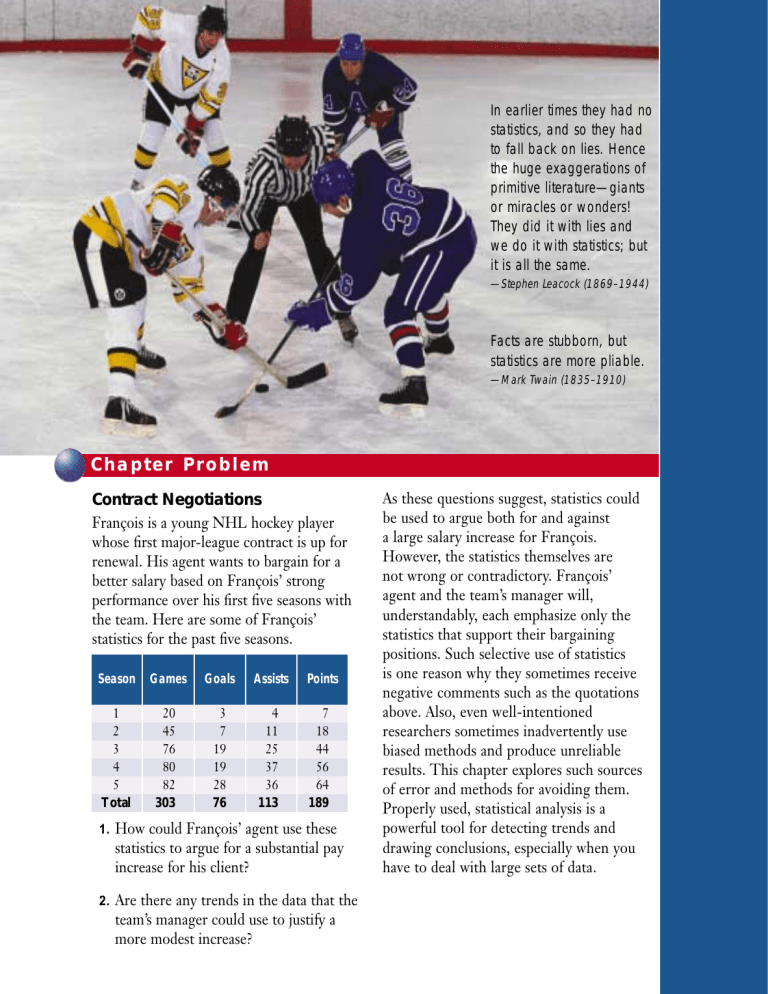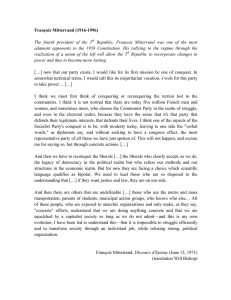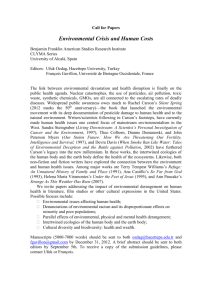
In earlier times they had no statistics, and so they had to fall back on lies. Hence the huge exaggerations of primitive literature—giants or miracles or wonders! They did it with lies and we do it with statistics; but it is all the same. —Stephen Leacock (1869–1944) Facts are stubborn, but statistics are more pliable. —Mark Twain (1835–1910) Chapter Problem Contract Negotiations François is a young NHL hockey player whose first major-league contract is up for renewal. His agent wants to bargain for a better salary based on François’ strong performance over his first five seasons with the team. Here are some of François’ statistics for the past five seasons. Season Games Goals Assists 1 2 3 4 5 Total 20 45 76 80 82 303 3 7 19 19 28 76 4 11 25 37 36 113 Points 7 18 44 56 64 189 1. How could François’ agent use these statistics to argue for a substantial pay increase for his client? 2. Are there any trends in the data that the team’s manager could use to justify a more modest increase? As these questions suggest, statistics could be used to argue both for and against a large salary increase for François. However, the statistics themselves are not wrong or contradictory. François’ agent and the team’s manager will, understandably, each emphasize only the statistics that support their bargaining positions. Such selective use of statistics is one reason why they sometimes receive negative comments such as the quotations above. Also, even well-intentioned researchers sometimes inadvertently use biased methods and produce unreliable results. This chapter explores such sources of error and methods for avoiding them. Properly used, statistical analysis is a powerful tool for detecting trends and drawing conclusions, especially when you have to deal with large sets of data.




